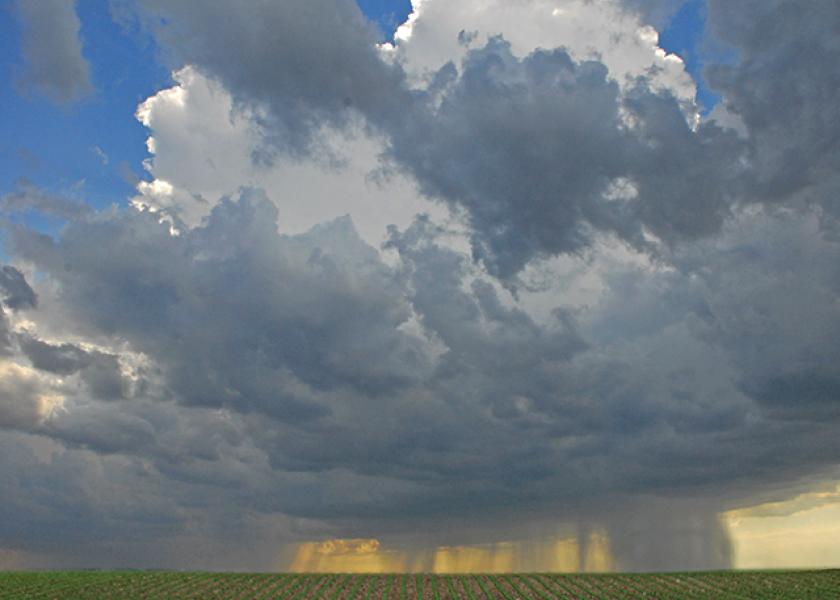January May Be Yield-Defining Month for South American Weather

According to the meteorologists at BAMwx, the upcoming month in Brazil could be comparable to this past August for U.S. soybeans.
“The next three, maybe four weeks or so are warming up quite a bit in Central Brazil and drier too,” says Kirk Hinz, BAM meteorologist and president of business development.
Hinz adds if the area had seen favorable conditions until this point, the month ahead may not be as critical. But Central Brazil has been facing above average temperatures and isolated, scattered rainfall.
“We’re going back into that same pattern that kept us hotter and kept us drier – there’s a problem,” he says. “I am definitely concerned.”
The hotter, drier tendencies are a result of a strong El Nino weather pattern – which has the potential to stick around.
“Typically, El Nino starts to weaken as we get into the early part of the year,” Hinz says. “The weather models are going to have to adjust to this El Nino because it’s so strong it’s going to last a little bit longer. It’ll naturally decline some but to the extent of what the weather models say – I don’t think it’s going to happen.”
Just how quickly the effects of El Nino will decline is also an important factor for the North American growing season.
“The speed of the decline is really going to be the biggest thing for North America as we work into the planting and growing season,” says Bret Walts, BAM’s chief communications officer. “Historically, if you do end up on the slower side of things, you can get a pretty wet start.”
January is expected to show signs of the likelihood for a repeat of the 2019 planting season.
“I think the next month really is going to be critical to see if there’s any movement. If not, you’re probably leaning a little bit more on the wetter side of things,” Walts says. “To be completely honest, we’re riding the line right now based on the speed that we’re currently seeing of potential decline down the road.”
To hear more on this topic, as well as when the U.S. may start to see more wintery weather, listen to the AgriTalk podcast.







